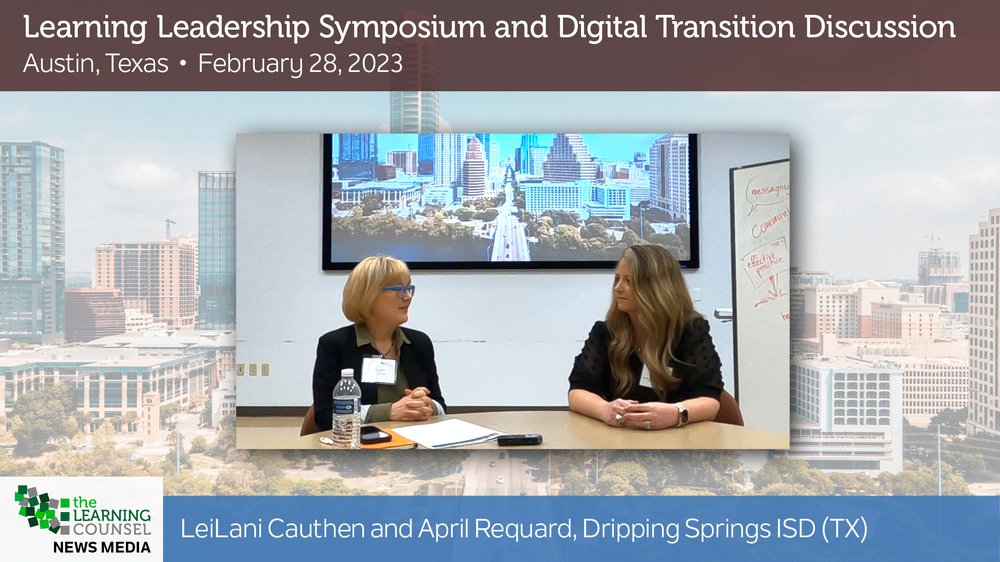Navigating the world of education technology can be overwhelming. With so many district-supported and approved apps available, it can be difficult for educators to determine which ones will be most useful in the classroom. Furthermore, data privacy concerns mean that not every app can be used without being first vetted, further complicating the selection process.
But according to April Requard, Educational Technology Coordinator, Dripping Springs ISD in Texas, who spoke at the Learning Counsel event in Austin spoke that it might not be necessary to rely solely on apps and other existing tech tools. Instead, educators can teach students to create their own content using tools like Keynote, Google Slides, and Canva, giving them a chance to interact with and learn from the content in a more hands-on way. Additionally, older students can benefit from traditional methods of instruction, rather than constantly relying on a screen.
It’s important that educators strike a balance between technology and traditional methods in order to achieve optimal instruction. When used correctly, technology can provide a powerful tool for enhancing learning. But when used excessively, it might get in the way of the learning process. It’s up to educators to determine when and how technology is best integrated into their lessons.
Ultimately, finding the right mix of resources and activities is key to providing students with a well-rounded learning experience. By emphasizing the importance of both technology and traditional methods, educators can cater to the needs and preferences of different learners, creating a more dynamic and engaging classroom environment.











